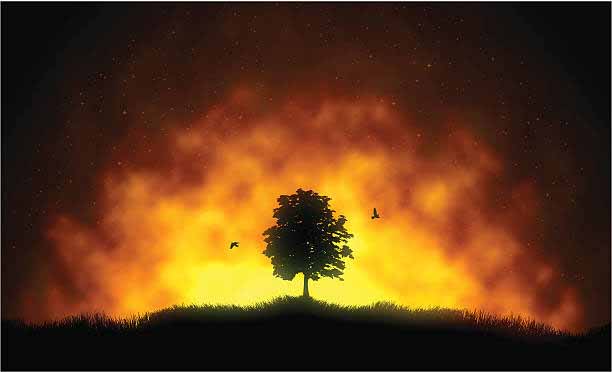Fire management is an interesting topic and here is a good article from the book called “Firescaping” by “Douclas Kent”, excerpt for our users below:

Fire management is an interesting topic and here is a good article from the book called “Firescaping” by “Douclas Kent”, excerpt for our users below: